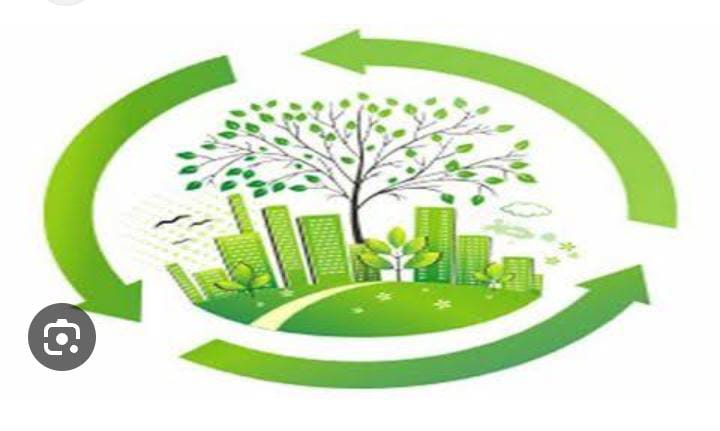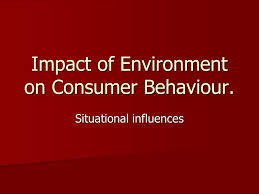Environmental Impact of Consumers
The Role of Consumers in Reducing Their Environmental Impact
What is the Role of Environmental Impact of Consumers:
Environmental Impact of Consumers an era marked by increasing concerns about climate change, pollution, and resource depletion, the role of consumers in reducing their environmental impact has become a critical topic of discussion. As the global population continues to grow, so does the demand for goods and services, putting immense pressure on our planet’s finite resources. However, they wield significant power in shaping the market and influencing corporate practices. Thus, this article delves into the multifaceted role they play in mitigating environmental issues and how their choices can drive positive change on a global scale.
Consumer Awareness:
Consumer Awareness and Education is One of the fundamental aspects of reducing environmental impact lies in consumer awareness and education. Most of them may not fully grasp the environmental consequences of their choices. Education campaigns and initiatives aimed at raising awareness can empower consumers to make more informed decisions. Thus, they can learn about the carbon footprint of products, the water intensity of various goods, and the sustainability practices of different brands. With this knowledge, they can opt for products and services that have a lower environmental impact.
Additionally, they can be more conscious of energy conservation, waste reduction, and the importance of recycling.

Eco-Friendly Purchasing Decisions:
Consumer choices at the cash register have a direct impact on the production and availability of eco-friendly products. The demand for sustainable and environmentally friendly goods has grown substantially in recent years. This demand, driven by environmentally conscious consumers, has encouraged companies to adopt greener practices, reduce waste, and improve the overall sustainability of their products. For instance, the rise of electric vehicles (EVs) can be partially attributed to consumer demand for more eco-friendly transportation options. Similarly, the popularity of reusable shopping bags and eco-friendly cleaning products stems from consumers opting for more sustainable alternatives.
Supporting Sustainable Brands:
Supporting Sustainable Brands Consumer preferences have the power to influence the direction of entire industries. When they support brands that prioritize sustainability, these companies are encouraged to invest in environmentally friendly practices. This support can manifest in various ways, such as choosing to buy from companies with strong environmental policies or boycotting those with unsustainable practices. Some brands have taken notable steps towards sustainability due to consumer pressure. For example, fast-fashion companies have faced criticism for their disposable clothing culture. In response, consumers’ demands for ethically sourced and sustainable clothing have prompted changes in the industry, leading to the emergence of eco-conscious fashion brands.
The Role o of Technology:
Technology plays a pivotal role in facilitating consumers’ ability to reduce their environmental impact. Advancements in information technology and smartphone apps have made it easier for consumers to access information about products and their environmental footprint. Apps and websites now provide consumers with instant access to sustainability ratings, product reviews, and inforchnolmation on a brand’s ethical practices. Furthermore, technology has enabled the rise of the sharing economy, where they can reduce their environmental impact by sharing resources like rides, accommodations, and even clothing. The popularity of ride-sharing platforms and home-sharing services demonstrates how consumers are embracing more sustainable options.

Consumer Advocacy and Activism:
Beyond individual choices, consumers have the power to influence change through advocacy and activism. Grassroots movements and consumer activism have played pivotal roles in pressuring governments and corporations to take action on environmental issues. Social media platforms and online petitions provide consumers with the tools to raise awareness and mobilize support for environmental causes. For example, the youth-led climate strike movement, initiated by Greta Thunberg, garnered global attention and led to increased awareness of the urgency of climate change. Consumers who support and participate in such movements can have a profound impact on the political and corporate landscapes.
Transparency and Accountability of Consumers:
They can also hold companies accountable for their environmental practices through transparency and advocacy. They can demand greater transparency in supply chains, production methods, and the sourcing of raw materials. By pressuring companies to disclose their environmental impacts and goals, they contribute to a culture of corporate responsibility. Moreover, they can vote with their wallets, choosing to support companies that demonstrate a commitment to sustainability while avoiding those that do not. This economic pressure can motivate businesses to adopt greener practices to maintain or attract customers.
The Power of Collective Action of Consumers:
Collective consumer action can have far-reaching effects. When they unite around a common environmental goal, their combined influence can be formidable. Initiatives like the boycott of unsustainable palm oil or the demand for cleaner energy sources are examples of how collective action can drive change. Investment in Ethical Funds Beyond consumer choices, investments also play a significant role in reducing environmental impact. Many consumers are choosing to invest in ethical funds and portfolios that prioritize environmentally responsible companies.
Conclusion:
Therefore, they are not passive participants in the global effort to combat environmental challenges. They are active agents of change with the power to shape industries, influence corporate practices, and drive innovation. By making informed choices, supporting eco-friendly brands, and engaging in advocacy, consumers can play a pivotal role in it.
